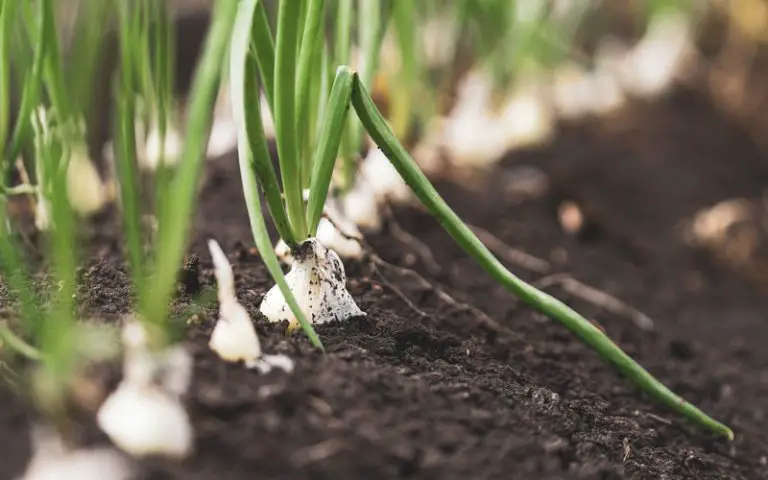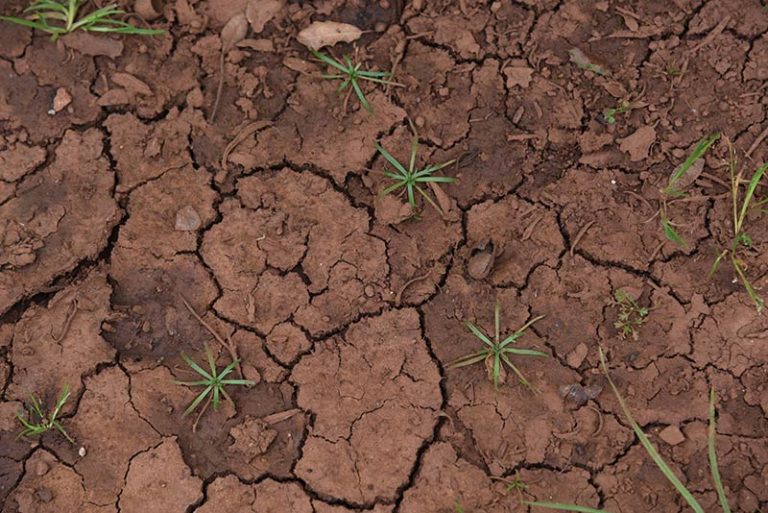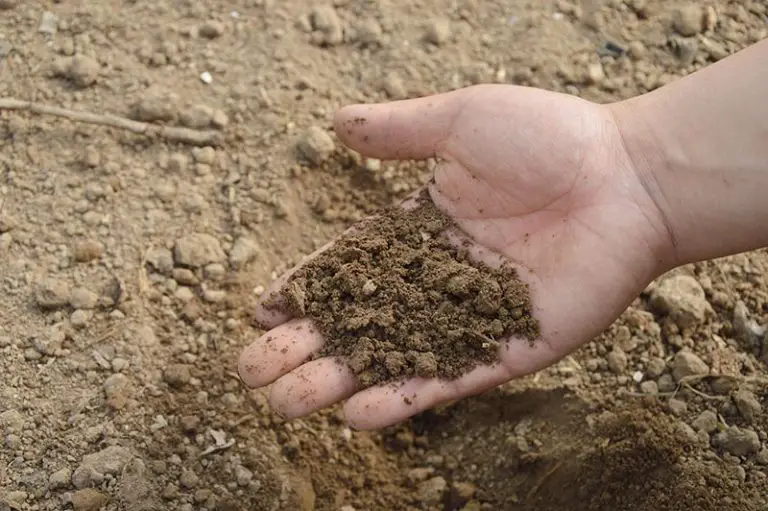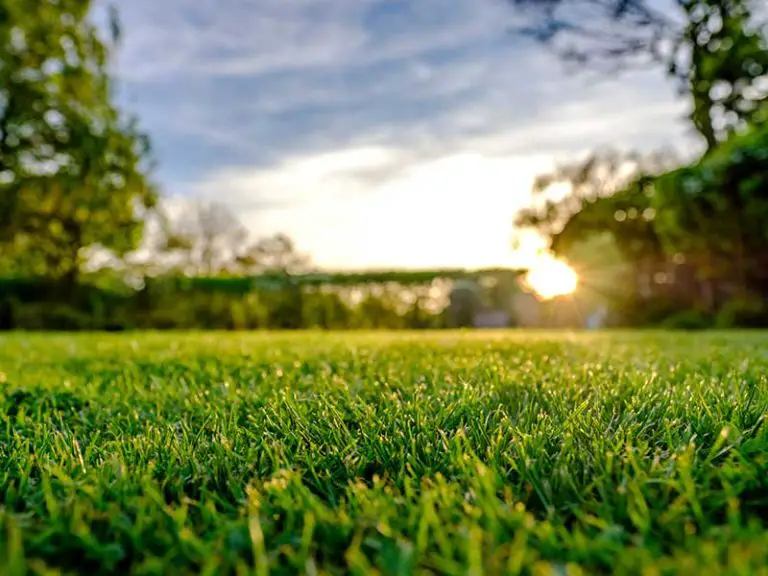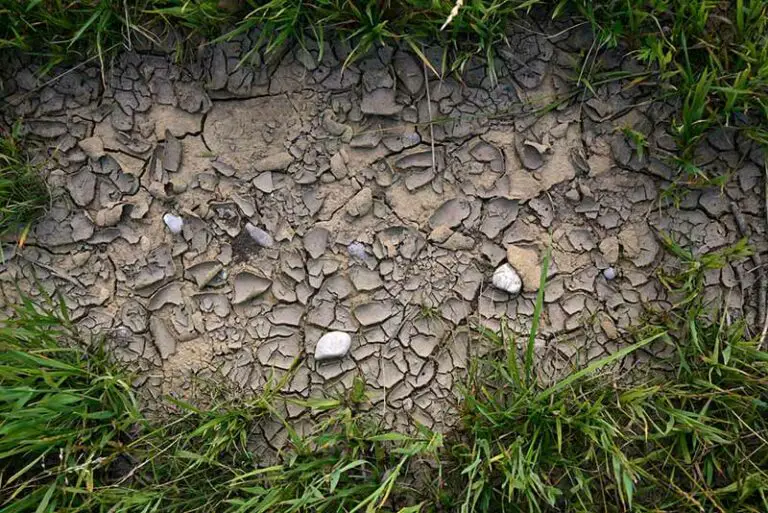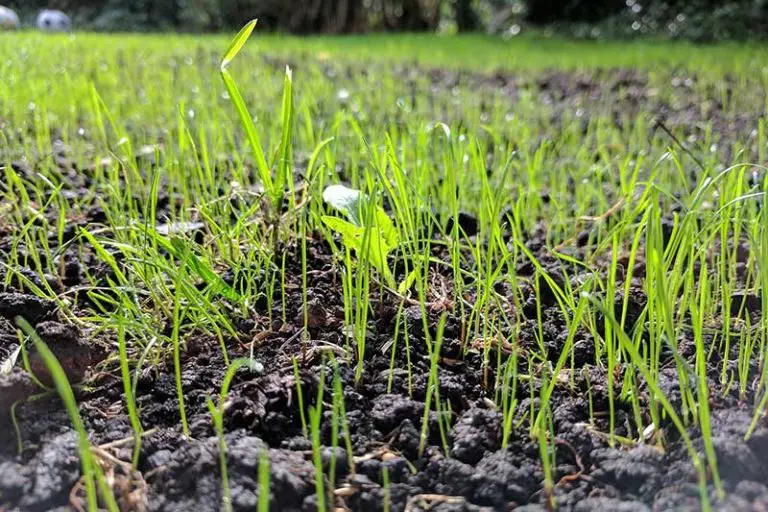5 Of The Best Grass Seed for Sandy Soil
You might dream of a rolling green lawn outside your door, but is it possible with sandy soil? The good news is that soil of 50-80% sand is excellent for growing certain grass species. Sandy soil is quick draining and well aerated, and conducive to proper root establishment. The caveat is that you might have to do some ‘tweaking’ to bring out the best in your sandy soil.
5 of the best grass seeds to grow your lawn include; Bermuda grass, bentgrass, bahiagrass, tall fescue, and Zoysia. However, adding organic matter is a must to improve your nutrient levels and prevent your soil from drying out. With some care, you may transform your sandy garden into a lawn.
If you wish to tackle that sand heap that you call your front garden, we have good news for you. You may even transform coastal sands into a green landscape by choosing the correct grass seeds and preparing your soil for successful growth. Please read on if you would like to understand how sandy soil works and what type of grass to plant on it.
How Does Sandy Soil Affect Growing Grass?
Soil texture refers to the ratio of sand, silt, and clay contained in your soil. The texture of your soil affects its water holding capacity within the root zone of your grass. There are several things to consider when attempting to plant your grass in a sandy medium to create a thriving, growing environment for your lawn.
- Typically, sandy soils have poor water holding ability but provide great aeration, whereas clay soils have excellent water retention but provide poor aeration.
- The texture of your soils also affects the fertility of your soil. Sandy soils have a low capacity to hold and exchange cations (positively charged minerals and ions such as magnesium, calcium, and potassium).
- Soil texture affects the amount of available oxygen necessary for root growth, otherwise known as aeration, which, luckily, sandy soils have a greater abundance than clay-based soils. Roots need oxygen to burn the energy produced by the leaves.
- Sandy soil lacks the organic materials of loamy soil with high enzyme activity and lower activity of soil microorganisms that promote growth.
- Sandy soils warm up more efficiently in spring than clay-type soils and drain quickly after watering.
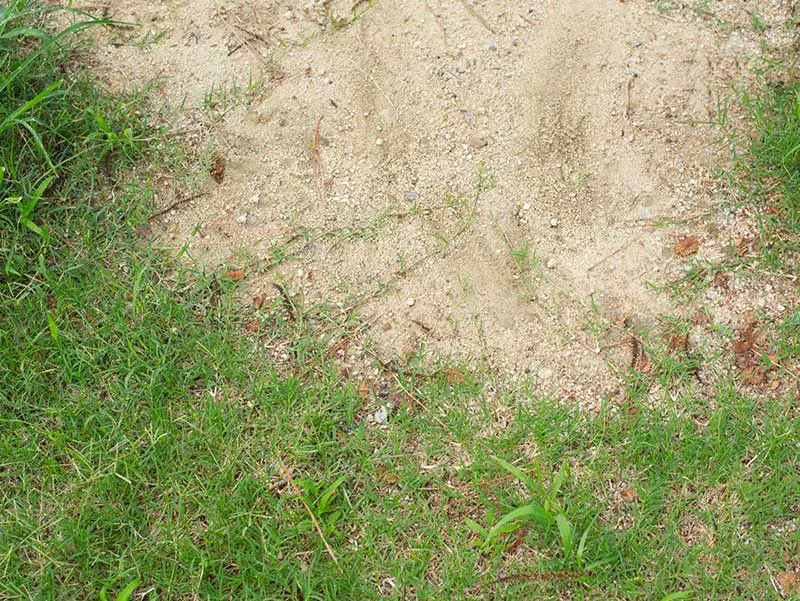
What Is Sandy Soil?
The particles that make up your soil can be divided into three types according to particle size. It would be unusual to find a pure soil type, as soils tend to combine the three particle sizes. One may divide these particle sizes into:
| Particle Type | Particle Size |
| Sand | 2.0-0.05mm |
| Silt | 0.05-0.002mm |
| Clay | Less than 0.002mm |
If you find it difficult to classify your soil by eye alone, there is a handy way to test where your soil falls of the texture spectrum. Sandy soil has the largest particles, so it feels gritty to the touch, and it typically falls through your fingers when you hold it.
The field method to determine soil type is to moisten a soil sample and squeeze it in your hand. Sandy soils will not form a ball, unlike loam which compresses into a ball when squeezed. Clay-type soil will form a ribbon of more than 5cm between your thumb and forefinger when squeezed.
How Do I Prepare Sandy Soil for Grass Seeds?
- Clear your soil of any surface debris such as rocks, sticks, weeds, or other surface obstructions.
- Break up your sandy surface by tilling the soil to a depth of around 20cm (8 inches). This can be done with a spade, but it’s easiest when carried out with a mechanical tiller – our favorite is the lightweight yet highly capable Sun Joe TJ603E Tiller and Cultivator. If you come across any large dirt clods, ensure that you break them up to provide your grass an even growing medium.
- Incorporate 7 to 10cms (2-3 inches) of your chosen organic matter into your tilled soil, such as compost, peat, or manure. This addition increases the soil’s water-holding capacity and allows the earth to keep the nutrients required for growth.
- Fertilize your lawn using a good quality lawn starter fertilizer and mix it into the top 10cms (4 inches) of soil. A good rule of thumb is to use about 4 ½ kilograms (10 lbs) of 5-10-5 fertilizer per 500 square feet of growing surface.
- Follow the grass seeds seeding rates on the bag’s label. Then divide the seeding rate into two halves and apply it two stages, vertical planting, and horizontal planting, to ensure even coverage.
- Lightly run a rake across the surface to dust the seed with around 1/16 of an inch of your sandy soil.
- Ensure that you water the soil at least twice to four times a day to keep the soil moist up to a couple of inches. You should see results in 14 days.
5 Best Grass Seeds for Sandy Soil
| Seed | Grass Type | Sunlight Requirements | Soil Type | Soil PH |
| Bahiagrass | Warm-season perennial | Full sun | Light and well-drained soil | Slight acidic 5.5-6.5 |
| Bermuda Grass | Warm-season perennial | 4 hours of direct sunlight minimum | Clay, loam, or sandy soil | 5.8-7.0 |
| Bentgrass | Cool-season perennial | Full sun | Well-drained soil | 5-6.5 |
| Tall Fescue | Cool-season perennial | 4 hours of direct sunlight minimum | Well-drained soil | 5.5-7.0 |
| Zoysia | Warm-season perennial | Full sun | Well-drained soil | 6.0-6.5 |
Bahiagrass
Bahiagrass or Paspalum notatum is a subtropical to tropical perennial grass that grows around 2.8–3.5 millimeters (0.11–0.14 in) long. This grass is native to Mexico and South America but has become naturalized in North America and other areas.
Bahiagrass prefers sandy soils and grows well in shaded areas. It is also relatively low maintenance, drought-tolerant, and more resistant to pests and disease than some other warm-season grass.
Bahiagrass adapts well to sandy soil in coastal areas due to its deep roots system and grows well in relatively infertile, sandy soils. However hardy it is, it does not provide a thick, carpet-like cover, so it is not the first choice for those seeking plush ground coverage.
Bahiagrass Maintenance Tips
- Water your bahiagrass lawn when the leaf blades begin to wilt with ¾ to an inch of water over the entire lawn area if you have just planted your seeds, water whenever the soil is dry to the touch until the seeds sprout.
- Inactive growth phases, mow your lean every 7-14 days to a height of about 3 to 4 inches. Allowing for a higher moving height promotes deeper root growth and tolerance.
- Fertilize your bahiagrass lawn in spring with a 16-4-8 fertilizer with good iron and nitrogen content, and repeat every eight weeks through the season.
You can purchase bags of Bahiagrass seed produced by Scott’s, which have been specially designed to grow into hardy grass that’s highly resistant to the stress caused by heat, drought, and direct sunlight.
Bermuda Grass
Bermuda grass or Cynodon dactylon is native to Europe, Africa, China, and Asia. You may find it throughout America, and although not native to Bermuda, it is an invasive species that is abundant in the area where it is known as ‘crabgrass.’ The grey-green blades of this grass usually grow to 2–15 cm (0.79–5.91 in) long. Their stems can reach up to 30cm (11.81cm) tall.
Although this grass thrives in sandy soil, it is not very tolerant to shade and requires at least 4 hours of sunlight per day. However, Bermuda grass spreads fast to form a carpet and has a deep rhizome and root formation, which aids in nutrient and water uptake. Bermuda grass can withstand high heat and drought and is a good option for sandy soil in warmer areas near the coastline.
Bermuda Grass Maintenance Tips
- Water your Bermuda lawn with ½ inch to ¾ inch of water every one to three weeks, depending on how sandy your soil is. Overwatering may make your grass susceptible to pests and disease.
- Mow to a height of between ½ to ⅓ of the grass blades are removed at a time.
- Fertilize your lawn at a rate of 1-1 1/2 lbs of nitrogen per 1,000 square feet of lawn roughly once every six weeks in the growing season.
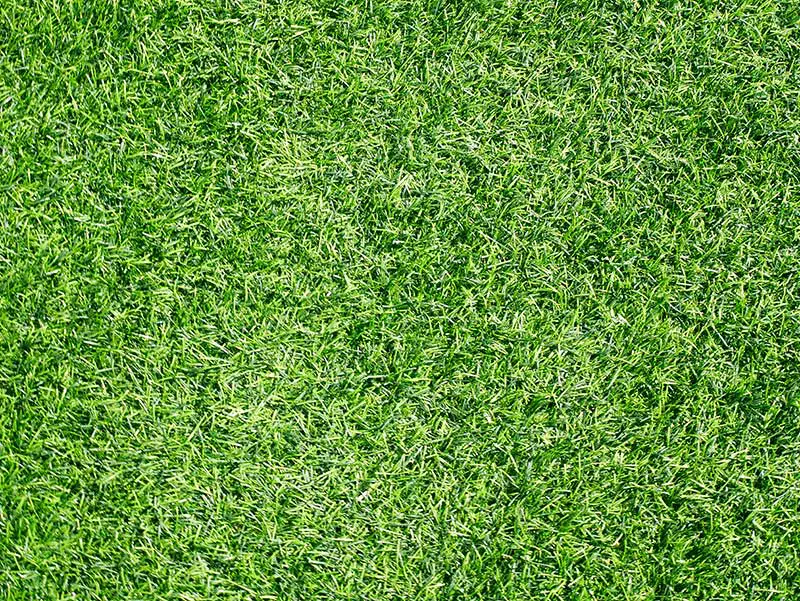
Bentgrass
Bentgrass or Agrostis is found all over the globe, and is hardy and can be trimmed short, and is forgiving of foot traffic. It has a shallow root system that is thick and dense, which makes it a popular choice in fairways and greens. Bentgrass refers to how the roots of the grass bend under the soil to spread themselves laterally through the growing area.
Bentgrass is a common choice for southern lawns and is a top choice for sandy soils and beaches. Its popularity is because bentgrass establishes its elf relatively quickly in well-drained soil with a mix of sand and organic matter. The grass is forgiving of cooler climes but does need more maintenance than other perennial grasses suited for sandy soil.
Bentgrass Maitenance Tips
- Water your bentgrass lawn frequently to ensure that the shallow root system is kept moist
- Mow bentgrass with a reel lawnmower with low height requirements frequently to a height of 1/10 inch to 1/7 of an inch high
- Fertilize your bentgrass lawn with high-quality nitrogen-rich lawn fertilizer every 14 days during the growing season, with roughly 1/10lb of nitrogen per 1000 square feet. This rate equates to 2-4lbs of nitrogen per 1000 square feet per year.
Tall Fescue
Tall fescue or Festuca is an evergreen perennial tufted grass that grows on every continent except Antarctica. Creeping Red fescue is a common choice for sandy soil with good drainage and a PH between 5.5 and 8.0.
The fescue height range is approximately 10–200 cm (4–79) and provides good ground cover for lawns. The grass is very adaptable to a variety of soil types, including sandy soil along coastlines.
Fescue is the best choice for those who live in Northern or cool climate areas but do not tolerate wet, boggy soil conditions well (which suits sandy soil composition.) Fescue is slow-growing and relatively low maintenance compared to other perennial grasses, but its peak season of rapid growth is in spring and late summer.
Fescue Maintenance Tips
- Wait until your fescue lawn is at least 4 inches before mowing to promote a thick and full lawn. When mowing, do not take off more than an inch of the fescue grass.
- Water 1 to 1 3/4 inches per week, wetting the soil to a depth of about 4-6 inches (10-15cm.)
- Feed tall fescue yearly at the rate of 2 1/2 to 3 pounds of nitrogen-based fertilizer per 1,000 square feet of lawn.
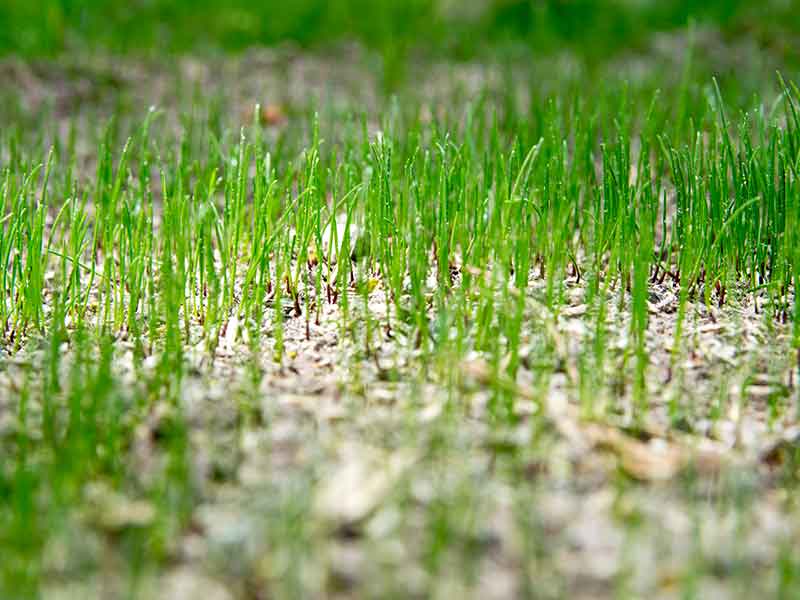
5.Zoysia
Zoysia is a creeping grass found in Asia, Australia, the Pacific as well as America. Zoysia stands out from the previous grass types in that it is remarkably tolerant of heat and light, and water variables. Zoysia is also low maintenance and resistant to weed invasions, disease and is forgiving of foot traffic.
Zoysia grows well in sandy soil and coastal areas due to its deep roots and preference for well-drained soil. Zoysia is also drought-resistant and can grow sufficiently with relatively low water requirements. Because Zoysia is relatively slow-growing, experts advise high nitrogen and phosphorus-based fertilizer such as 5-10-5 NPK to enhance root development.
Experts also advise avoiding the Meyer variety of Zoysia when planting in sandy soil. Otherwise known as the ‘Z-52’ variant, the Meyer version is highly intolerant of nematode infestations common in sandy soils. Zoysia can also be challenging to grow from seed, so plugs are sometimes a more efficient alternative.
Zoysia Maintenance Tips
- Zoysia grass requires 1 inch of irrigation per week of either natural rainfall or watering to ensure the grass develops deep and drought-resistant roots
- You will need to water your sandy soil more often to ensure that the lawn maintains its color and cover during summer heat and dryness.
- Fertilize your Zoysia lawn with 1lb of nitrogen per year split over 2-3 applications over the spring and summer
- Mow Zoysia at ¾”-2” depending on the type, with a reel mower. Rotary motors tend to tear and pull this coarse leafed grass and damage the crowns.
We recommend using Scott’s Zoysia Grass Seed and Mulch – not only does this product contain Zoysia seed, but it also gives you the additional benefits of mulch which will protect your seedlings and aid them in growing into a thick lawn as soon as possible.
Conclusion
Sandy soil need not deter you from your dreams of a velvety green lawn, and in fact, your sandy soil may help achieve your goal. Ensure you choose the best grass seed for your sandy soil and maintain the growth with regular watering, mowing, and fertilization. Soon you will be the envy of your neighbors no matter how sandy your yard may be.

